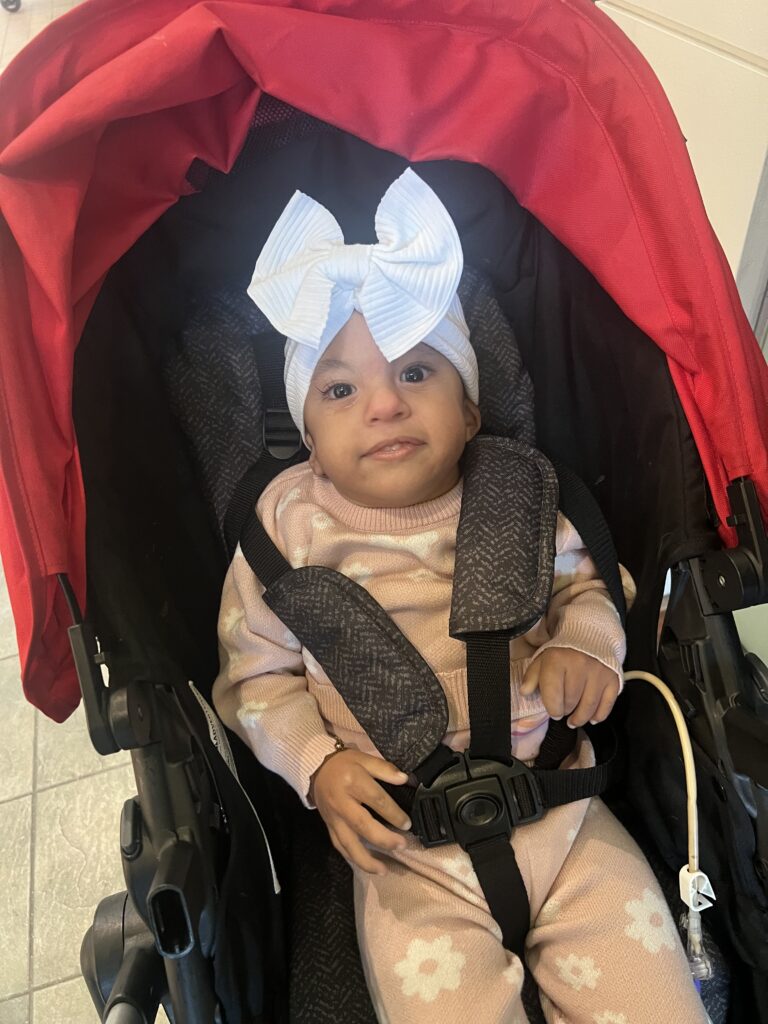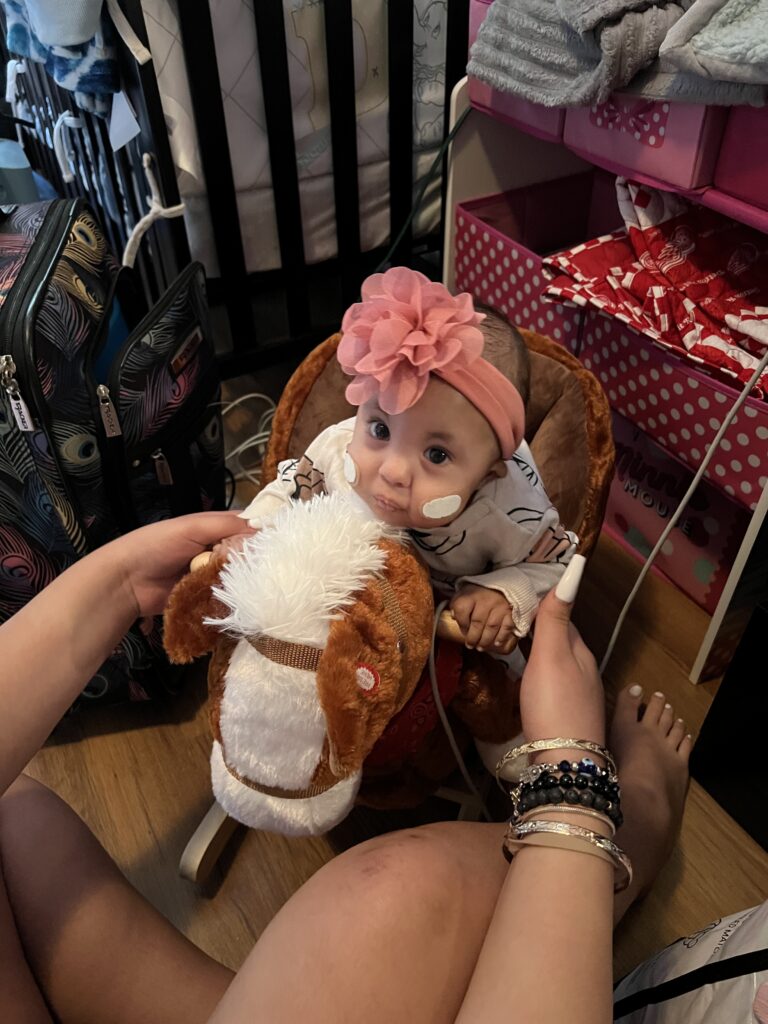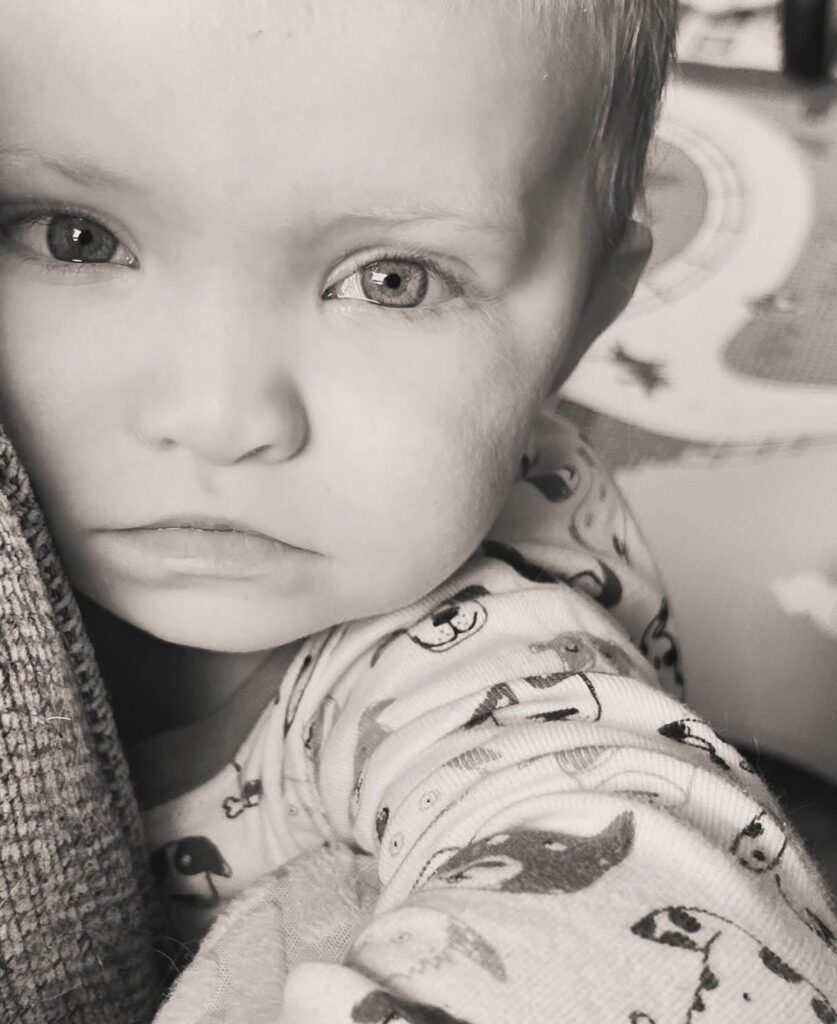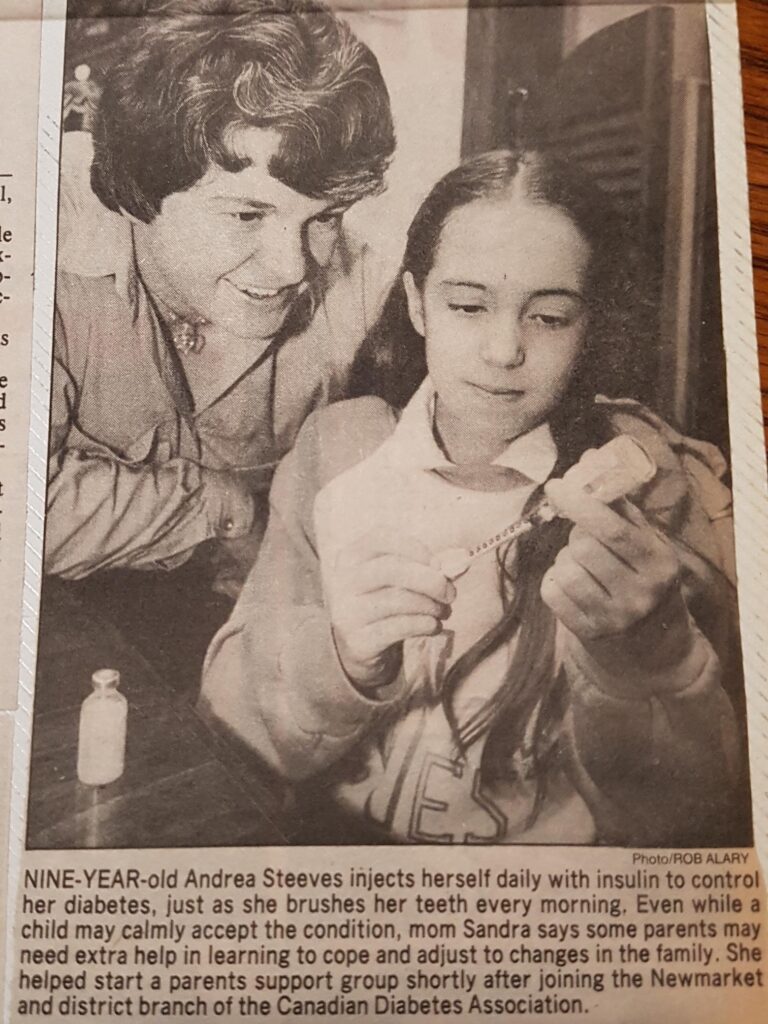Feeding Tube Awareness Week, observed from February 2 to 8 this year, aims to increase the understanding of feeding tubes and their critical role in supporting the health and well-being of children with medical complexities. The week promotes best practices, innovations and the lived experiences of families who rely on tube feeding.
Founded in 2011, this initiative has grown into a nationwide movement, with SickKids Hospital launching the first Feeding Tube Awareness Week in Canada in 2020. This global observance, held annually in the first week of February, highlights the life-saving impact of feeding tubes and helps challenge the stigma surrounding them. Families come together each year to share stories and raise awareness of their positive influence on patients’ lives.
Jamilah’s story
Tabitha’s birth plan for her youngest child, Jamilah, was drastically altered when cysts in Jamilah’s brain were discovered at the 20-week scan. This was followed up by testing positive for Trisomy 18, also known as Edwards Syndrome, during the noninvasive prenatal testing (NIPT) tests and confirmation of the genetic disorder at 32 weeks gestation. Edwards Syndrome affects many body parts, causing health issues that include feeding or sucking difficulties, trouble gaining weight and congenital heart issues. Tabitha’s high-risk pregnancy resulted in an induction at 34 weeks of pregnancy to ensure her team of healthcare professionals would be present to assist her during the birth.

Jamilah spent nearly three months at the hospital’s Neonatal Intensive Care Unit (NICU), where she initially had a Natrogastic (NG) Tube but began projectile vomiting her feeds. Her medical team advised that a Gastrotomy Tube (G-Tube) was her only real option to keep her thriving. Jamilah was transferred to SickKids Hospital for G-Tube insertion and stayed in the hospital for two additional months for growth and stabilization.
Knowing that you are making the right decision for your child as a parent does not always make it easier. Tabitha had to come to terms with the fact that since there was no other choice, there was no point in being upset. She would learn to make the best of it for her daughter. She recognized that the G-Tube was helping Jamilah thrive, along with other positive changes. Regular feeds made it easier to schedule appointments and her calendar.
As a single mom working from home, a G-Tube alleviated the time spent sitting down and bottle-feeding Jamilah every time she was hungry, as formula can be fed straight through the tube. However, there are challenges attached to having a G-Tube, such as getting outside of the home with all necessary equipment and sometimes requiring stopping on the side of the road to administer a scheduled feed. There is also the learning curve to prevent the tube from being pulled out and what to do if it happens.


Tabitha’s advice to other parents starting or continuing their G-Tube journey is to “take it all in stride and watch for what your child needs and what will help them thrive.” Becoming a medical parent makes one second guess their own skills and abilities to raise their child effectively, but those parental instincts play a huge role. “Pay attention to your child and not the diagnosis. Nobody knows your child better than you know them. You will know what is working and what is not,” Tabitha reminds fellow parents. It is vital to work collaboratively with your healthcare team but know that you—as mom, dad or caregiver—are the one with your child every day and are their biggest advocator.







